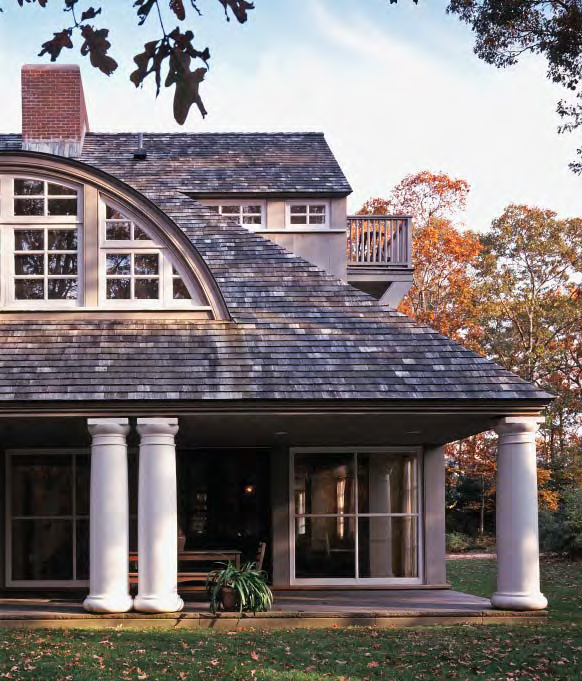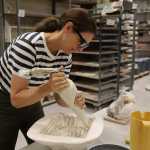Robert Venturi, the postmodern architect, author and critic, passed away yesterday at the age of 93. Venturi, who worked with Eero Saarinen and Louis Kahn during his early years, won the Pritzker Prize in 1991. He was also a fellow of the American Institute of Architects, an honorary fellow of the Royal Institute of British Architects, and a fellow of the American Academy of Arts and Letters.
Here in the Hamptons, sadly, postmodernism has never been really popular. But wait–what exactly is postmodernism? It was a reaction, beginning in the 1960s and most popular in the 1980s, against the austerity and severity of modern architecture as prescribed by Mies van der Rohe and Le Corbusier. Modernist architects viewed a house as “a machine for living in,” in the words of Le Corbu. In 1966, Venturi published a book called Complexity and Contradiction in Architecture, in which he wrote:
I speak of a complex and contradictory architecture based on the richness and ambiguity of modern experience, including that experience which is inherent in art. … I welcome the problems and exploit the uncertainties. … I like elements which are hybrid rather than “pure”, compromising rather than “clean”, … accommodating rather than excluding. … I am for messy vitality over obvious unity. … I prefer “both-and” to “either-or”, black and white, and sometimes gray, to black or white. … An architecture of complexity and contradiction must embody the difficult unity of inclusion rather than the easy unity of exclusion.
In other words, using historical references, acknowledging the built landscape as it is, and using ornamental and decorative elements. (“Ornament is Crime” is a famous lecture given by modernist architect Adolf Loos in 1910.)
For example, look at this Briar Patch Lane, East Hampton, house designed by Venturi, Scott Brown, and Associates (Denise Scott Brown was Venturi’s wife and architectural partner), completed in 1990. See how the traditional Shingle Style forms, the sloping, shingle-clad roof that overhangs to become a porch, the columns (exaggerated in size), and most strikingly, the enormous eyebrow window, are played with and emphasized? The result is something new that references the past in a playful way. That’s postmodernism.

Mies van der Rohe wrote, “Less is more.” Robert Venturi wrote “Less is a bore.” Thanks for your wonderful work, sir.
One more thing: Venturi considered the Big Duck in Flanders noteworthy since it combines functional and symbolic aspects of architecture. He coined the term “duck” to describe a building in which the architecture is subordinate to the overall symbolic form. We’re not sure it ever caught on, but heck, it’s fun.



















